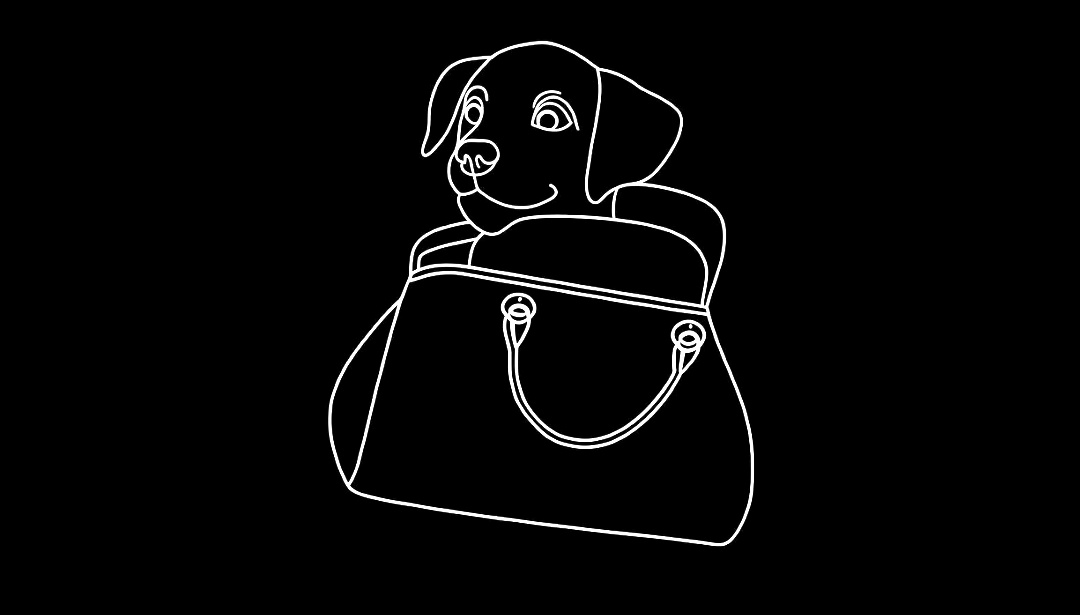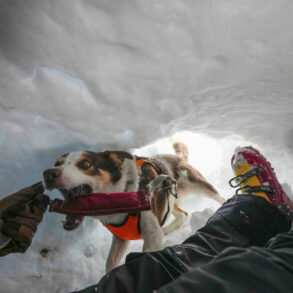Owners returning home to a chewed-up couch or trash thrown around might brush it off and learn to tolerate the dog’s unwanted behaviors, but new research revealed a range of naughty behaviors occur in over 99 percent of canines in the United States.
Bonnie Beaver with Texas A&M University’s College of Veterinary Medicine and Biomedical Sciences led a recent study, with data collected from the Dog Aging Project, that surveyed over 43,517 dog owners of various breeds, ages and locations within the United States.
Owners ranked their dogs’ behaviors on a scale from zero to four, with four representing a serious issue, among several categories, including aggression, separation and attachment behaviors, fear and anxiety or house soiling.
The study published by the Journal of Veterinary Behavior found 99.12 percent of dogs in the United States showed at least one moderately serious problem to a serious problem or at least two problems ranging from moderate to serious intensity.

A stock image of two dogs looking at camera after being naughty by chewing up a pillow and leaving the stuffing over the floor.
smrm1977/Getty Images
The largest issue among dogs, ranking between moderate and serious, included separation and attachment behaviors, which reached 85.9 percent. Examples related to separation and attachment issues consisted of restlessness, pacing, following you around the house, sitting close to you, attempting to escape or barking and chewing items when left alone.
About 55.6 percent of dogs showed moderate to serious behaviors at least twice in the aggression category, 49.9 percent for fear and anxiety, followed by 4.1 percent for house soiling issues.
Other behavior problems owners ranked in the survey included persistent barking, escaping, frequently eating grass or feces and chewing unwanted objects.
Only 110 dogs surveyed showed no behavior problems among all the questions asked.
“Most dogs probably will show mild expressions of a problem behavior infrequently enough that an owner does not consider it important to seek help,” Beaver wrote in the study.
“It is also likely that there are dogs with moderate to serious problems that go unreported because owners do not think of the behavior as a problem, decide to tolerate the behavior, find a tolerable way to live with it, or do not know where to find help.”
Beaver stressed that these findings are not meant to diagnose dogs. However, owners could determine the severity of their dog’s behavioral issues based on how they answered each question. Those with rankings of two out of four and above were defined as having a problem.
Because these behavioral issues are not dissected, addressed or asked about during vet visits, many people relinquish their dogs to animal shelters. The study stated that aggressive behaviors are the most common problem presented to veterinary behavior specialists. About 22 percent of dogs are surrendered to shelters and 57 percent are euthanized because of aggressive behaviors.
“Some studies report that only 50% of veterinarians ask questions about behavior during appointments, and owners may not think to ask the veterinarian about something they don’t like,” Beaver said in a statement.
“This has to change, so we don’t end up missing half of the problems.”
Behaviors are a crucial element in pet ownership, and addressing the issues early, even mild ones, ensures they will not escalate to major problems.
Reference
Beaver, B. V. (2024). The prevalence of behavior problems in dogs in the United States. Journal of Veterinary Behavior, 76, 34–39. https://doi.org/10.1016/j.jveb.2024.11.001
This post was originally published on this site be sure to check out more of their content.











































